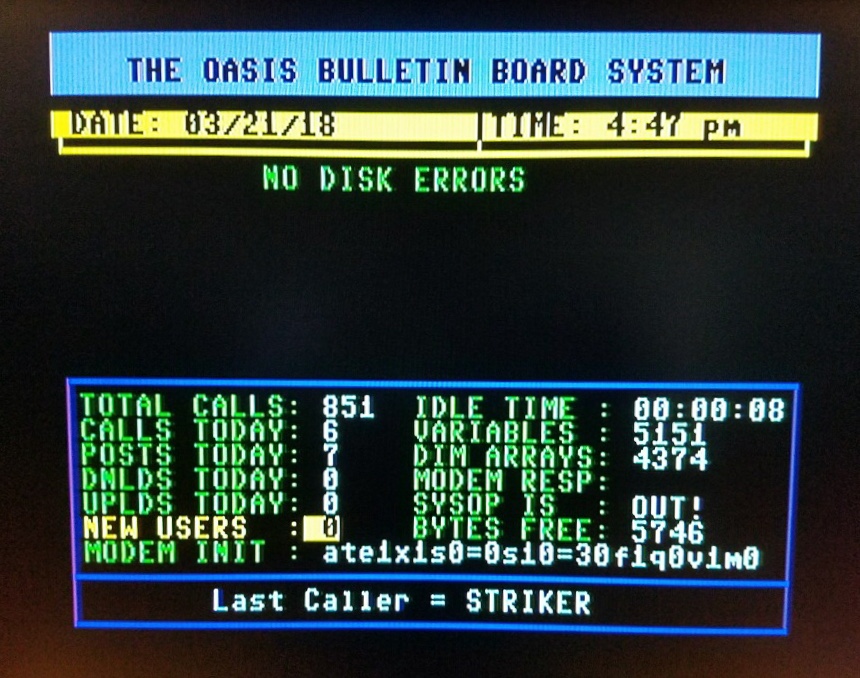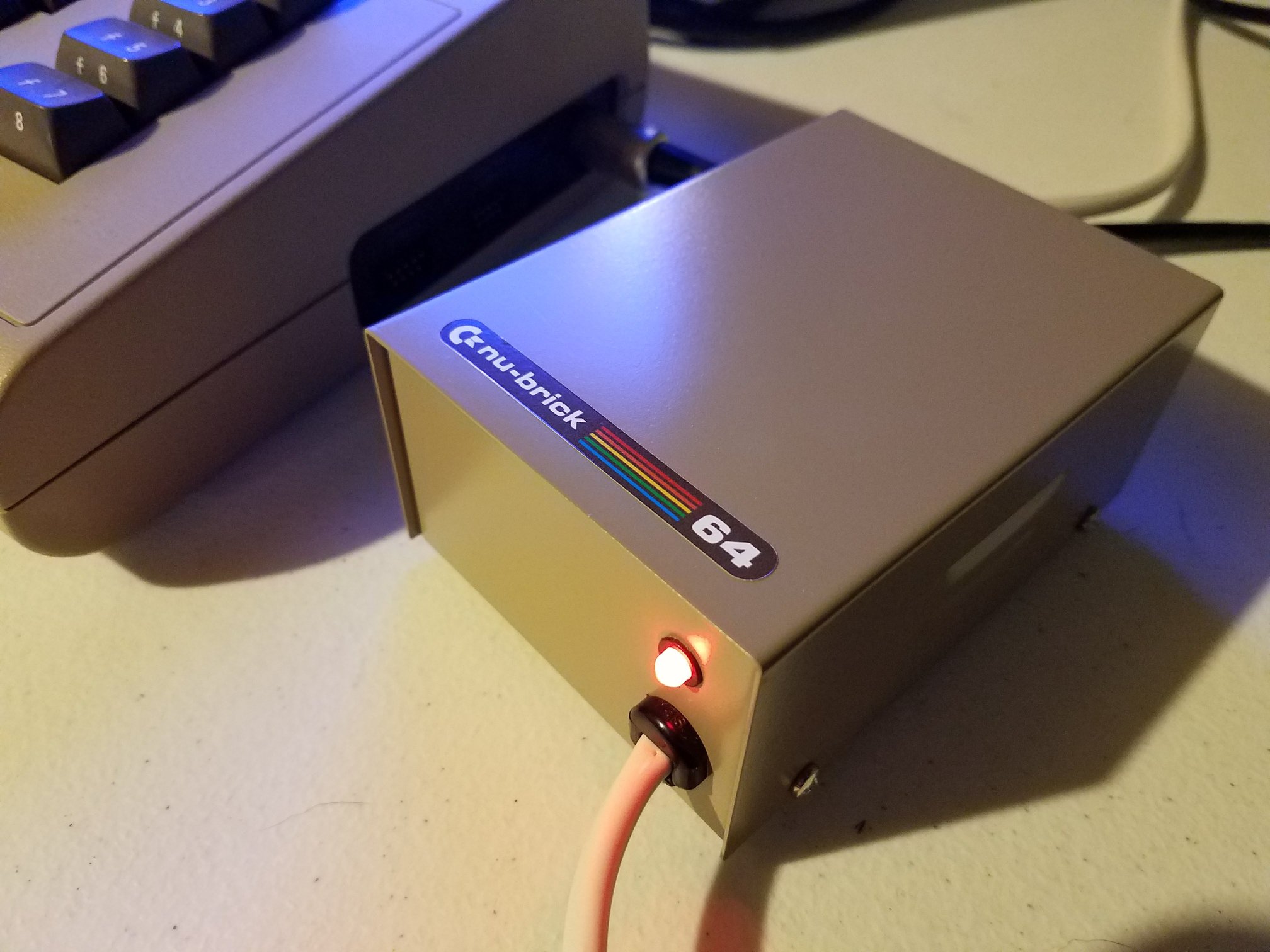In a fresh upload from the 8-Bit Wall of Doom channel, the host takes us on a fast-paced ride through the Foenix F256K—a modern-day love letter to retro computing. From a rough prototype to a fully polished production model, it all came together in under six months. Yep, seriously—six.
If the name “Foenix” has you blinking in confusion, here’s the lowdown: anyone who spent their childhood glued to a Commodore 64 (or still sneaks in some late-night BASIC sessions—no shame) might feel a wave of warm, nostalgic déjà vu with the F256 series.
But don’t be fooled—this isn’t just some nostalgia-fueled throwback. The F256K might wear its 8-bit roots on its sleeve, but what’s under the hood is surprisingly robust.
We’re talking a WDC 65C02 CPU, a pair of classic 6522 VIA chips, and dual SID audio support (yes, that SID). The Jr. version even features a 20-pin keyboard connector for that satisfying old-school plug-and-play vibe. And it’s not just stuck in the past—modern features like IEC support for 3.5″ 1581-style drives, a zippy 6.29 MHz clock speed, and a full megabyte of RAM (yep, a whole MB) bring it firmly into the present.
There’s PS/2 keyboard and mouse support, a built-in Yamaha OPL3 chip, and a beefy tile/sprite/bitmap engine. Plus, FPGA-powered memory management and copy functions make it not just a fun toy, but a serious tool for makers and tinkerers.
So whether you’re a programmer, chiptune composer, pixel artist, or just someone who appreciates quirky, brilliant machines, the Foenix F256K checks all the right boxes. It’s expandable, surprisingly capable, and exactly the kind of computer your 12-year-old self would’ve drooled over.
And the Foenix family doesn’t stop there. Think bigger: there are models with WDC 65C816 CPUs, high-performance variants, Motorola 680×0-powered beasts, and even the FNX6809 drop-in CPU module designed specifically for the F256K and Jr.
Bottom line? It’s retro with a pulse—part comfort, part curiosity, and all-around awesome.







